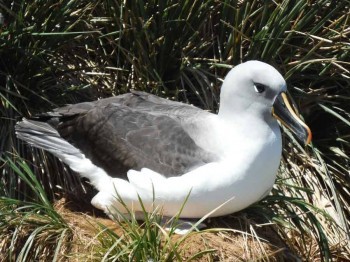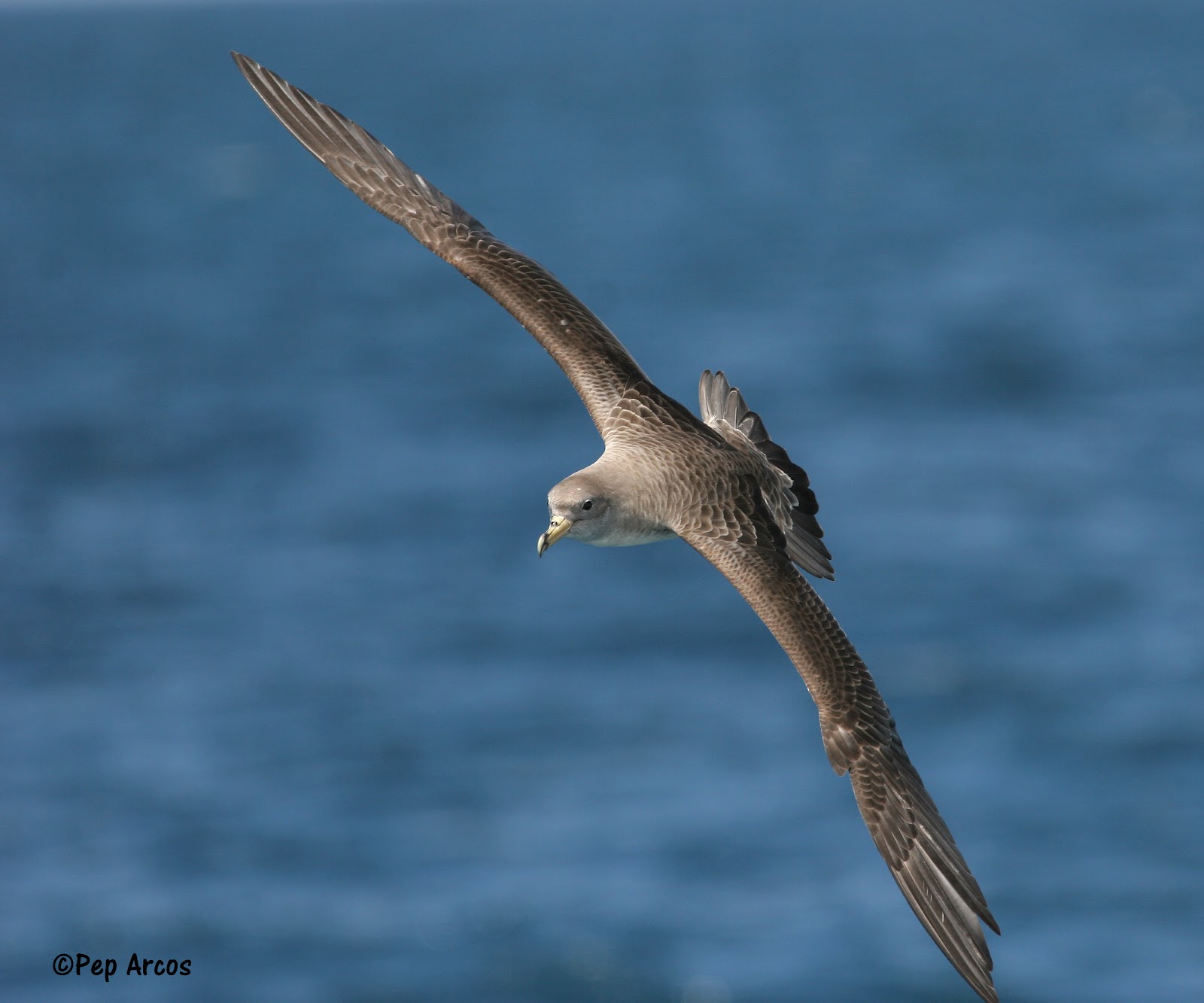José Seco (Department of Life Sciences, Marine and Environmental Sciences Centre (MARE), University of Coimbra, Portugal) and colleagues have published in the Journal of the Marine Biological Association of the United Kingdom on Short-finned Squid Illex argentinus taken by Grey-headed Thalassarche chrysostoma, Black-browed T. melanophris and Wandering Diomedea exulans Albatrosses.
The paper’s abstract follows:
“The diets of marine predators are a potential source of information about range shifts in their prey. For example, the short-finned squid Illex argentinus, a commercially fished species on the Patagonian Shelf in the South Atlantic, has been reported in the diet of grey-headed, Thalassarche chrysostoma; black-browed, T. melanophris; and wandering, Diomedea exulans, albatrosses breeding at Bird Island, South Georgia (54°S 28°W) in the Southern Ocean. Tracking data suggest that these birds may feed on I. argentinus while foraging in Southern Ocean waters during their breeding season. This led to the hypothesis that I. argentinus may occur south of the Antarctic Polar Front. To test this hypothesis, we used stable isotope analyses to assess the origin of I. argentinus. We compared I. argentinus beaks from the diets of the three albatross species with beaks of cephalopod species endemic to the Patagonian Shelf and others from the Southern Ocean. Our results show that I. argentinus from the diet of albatrosses at Bird Island have δ13C values in the range −18.77 to −15.28‰. This is consistent with δ13C values for Octopus tehuelchus, a typical species from the Patagonian Shelf. In contrast, Alluroteuthis antarcticus, a Southern Ocean squid, has typically Antarctic δ13C in the range −25.46 to −18.61‰. This suggests that I. argentinus originated from warmer waters of the Patagonian Shelf region. It is more likely that the albatross species obtained I. argentinus by foraging in the Patagonian Shelf region than that I. argentinus naturally occurs south of the Antarctic Polar Front.”

Grey-headed Albatross, photograph by Mickey Reeves
Reference:
Seco, J., Daneria, G.A., Ceia, F,R. Vieira, R.P., Hill, S.J. & Xavier, J.C. 2015. Distribution of short-finned squid Illex argentinus (Cephalopoda: Ommastrephidae) inferred from the diets of Southern Ocean albatrosses using stable isotope analyses. Journal of the Marine Biological Association of the United Kingdom DOI: http://dx.doi.org/10.1017/S0025315415000752.
John Cooper, ACAP Information Officer, 04 July 2015

 English
English  Français
Français  Español
Español 


